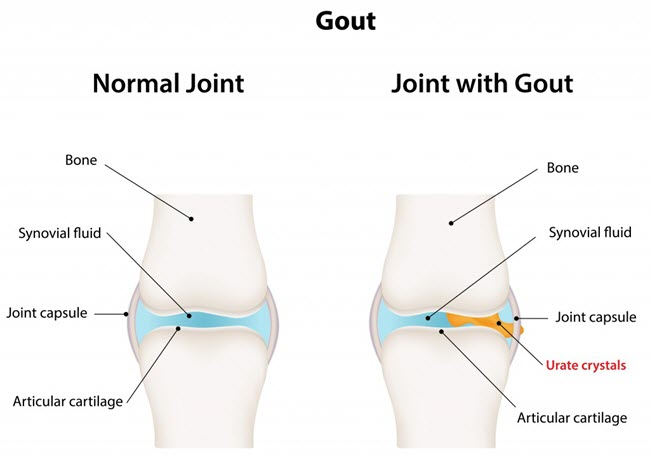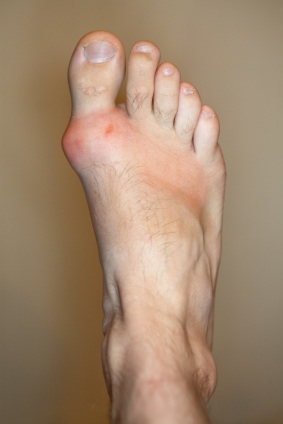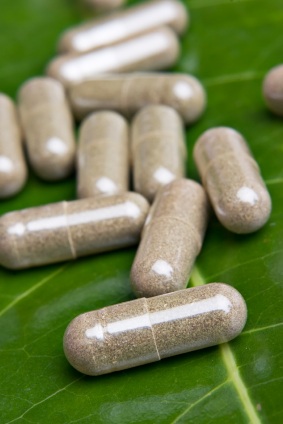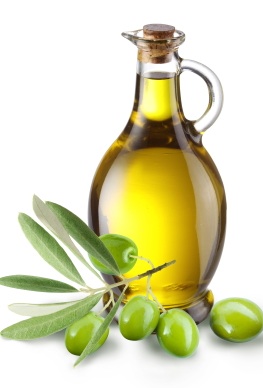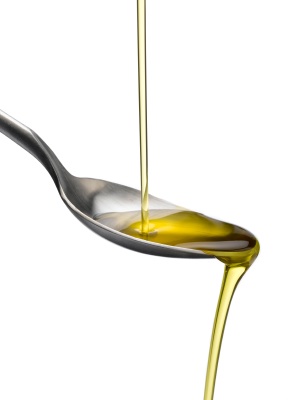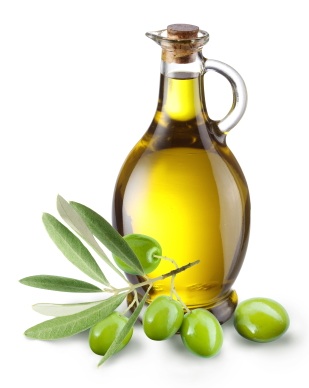Ascorbic acid, commonly known as vitamin C, is an organic compound required for the production of collagen in humans. Humans cannot make their own vitamin C and so must obtain it either through their diet or in supplementary form.
Dietary Sources
Vitamin C can be found in many fruits and vegetables including most berries (e.g. blackcurrants, raspberries) , tropical fruits such as mangoes, guavas and papayas, and many citrus fruits such as oranges and grapefruits. Many vegetables, including broccoli and cauliflower, have high contents of vitamin C. Although not as popular, the Camu Camu found in the Amazon Rainforest and the Australian-native Kakadu plum have the highest concentrations of vitamin C.
The maturation of the fruit or vegetable plays an important role in the content of vitamin C, with ascorbic acid levels peaking at the time when the fruit or vegetable is at its ripest and youngest stage. Vitamin C is very unstable and begins to lose its potency once it is exposed to air, water, heat and extreme cold. Storing fruits in the freezer will cause them to lose up to a third of their vitamin C.
Boiling vegetables will also do the same, and sometimes the loss of vitamin C can be even greater. Vitamin C can also be taken as a nutritional supplement in various forms, although raw foods are absorbed more easily and many believe that the benefits of vitamin C from raw foods surpass the benefits from manufactured ascorbic acid.
History and Origin of Usage
 The ability of citrus fruits in the prevention and treatment of scurvy was discovered in 1747 by the British navy surgeon James Lind.
The ability of citrus fruits in the prevention and treatment of scurvy was discovered in 1747 by the British navy surgeon James Lind.
During a controlled experiment on board a British ship, Lind added oranges and lemons to the diets of some of the crew members as prevention for scurvy.
The experiment concluded that citrus fruits were effective in preventing the disease.
However, it wasn’t until 1912, when Norwegian scientists Axel Holst and Theodor Frolich began their research on the antiscorbutic properties of certain foods that vitamin C was isolated and identified. The term ascorbic acid was later coined by Hungarian researchers, Joseph L. Svirbely and Albert Szent-Györgyi, and American researcher, Charles Glen King. In 1933 the Polish chemist Tadeus Reichstein was able to synthesize vitamin C, and in 1934 Sir Walter Norman Haworth, along with the British chemist Sir Edmund Langley Hirst, was also able to artificially produce ascorbic acid independently of Reichstein’s research for which Haworth received the Nobel Prize in Chemistry.
Usage
Ascorbic acid is necessary for the production of collagen and for the proper function of connective tissues, especially bones, teeth, and cartilage. Inadequate intake of vitamin C can result in bleeding gums and gingivitis, and make bones especially susceptible to fractures.
It is a powerful antioxidant and has anti-inflammatory properties essential in wound healing. It is thought to prevent deterioration of the skin due to atmospheric free radicals by preventing the oxidation of the cells. In clinical trials, antioxidants were effective in reducing cardiovascular diseases including heart attacks and strokes. In combination with insulin, Vitamin C has been used to control the glucose levels in people suffering from Type 1 diabetes. Ongoing research is currently being conducted to test its effectiveness on Type 2 diabetes as well.

Lipoproteins also depend on vitamin C and so any tissues that contain fat are especially vulnerable to vitamin C deficiency. Smoking increases the body’s toxicity levels and so inhibit the absorption of ascorbic acid, so smokers are in greater need of high doses of vitamin C to detoxify the body.
Women who are taking oral contraceptives should take higher doses of vitamin C as oral contraceptives reduce vitamin C absorption. People using antibiotics should also take vitamin C to replenish the nutrients lost when taking antibiotics and to strengthen the body’s immune system in order to help the body’s ability to better utilize the antibiotics.
Popular Variations
Vitamin C can be found in several pill forms, the most popular being water-soluble tablets, capsules, chewable tablets and powder formulas. Emergen-C is a brand popular for its single dose packaged powdered vitamin C. Many vitamin stores like GNC and Vitamin Shoppe sell vitamin C under their own brand name. High concentrations of vitamin C can be found in several plants used to make tea, especially rose hips and the Chinese Camellia sinensis, otherwise known as green tea.
Nowadays, many drinks and foods are packed with high levels of vitamin C. Drinks such as Vitamin Water and cereals such as All Bran have high levels of vitamin C. In the cosmetic industry, Ascorbic acid is used for reducing skin discoloration, preventing photo-aging, treating wrinkles and healing blemishes as a result of acne. Obagi, SkinCeuticals and Cellex-C are high end cosmetic lines that use vitamin C to make creams, cleansers and serum formulations in varying strengths with considerable market success.
Proven and Unproven Health Benefits
Some claims have been made about the effectiveness of topical vitamin C as a contraceptive immediately following intercourse. This procedure is thought to increase the acidity levels in the vagina and thus create an inhospitable environment for the sperm.
It also works by inhibiting the production of progesterone, a hormone needed for a successful pregnancy. However, these claims are unsupported by medical evidence. Because of the vitamin’s ability to protect the body from free radicals, many believe that vitamin C can help in the prevention and treatment of cancer, especially stomach cancer. Although these claims have not been proven, no adverse reactions have been observed in administering vitamin C in addition to tradition cancer treatments.
Vitamin C also helps the body utilize better absorption of iron. For this reason people with illnesses prone to high iron should avoid high intakes of vitamin C.
Typical Dosage and Usage
The recommended dietary dosage from national and international organizations varies from 45 milligrams per day to a maximum of 2 grams (2,000 milligrams) per day. In the United States the recommended dose for adults is between 60 and 90 milligrams per day, while the World health organization recommends an intake of 45 milligrams per day. The
National Academy of Sciences recommends a daily intake of 90 milligrams for men, 75 milligrams for women and between 45 and 60 milligrams for adolescents. However, this should just be used a s general guidelines as each person’s absorption of vitamin C varies and higher doses are recommended for people with weak immune systems or people living in urban environment who are prone to second hand smoke and air pollution.
People working in labs or factories that deal with chemicals will also benefit from an increased daily intake of vitamin C to counteract toxic poisoning.
Regional Legal Status
Vitamin C is legal in all states and recommended as a necessary vitamin for the prevention of scurvy and for the proper function of all organs. Parents are encouraged to start administering vitamin C to their children at a young age and especially during teeth formation to ensure strong teeth and healthy gums.
Side Effects
It is generally believed that the necessary daily intake of vitamin C can be achieved through a balanced diet without the use of supplements. However, overdosing on vitamin C has no long term effects. Diarrhea is one of the most common temporary side effects. Orthomolecular scientists believe that diarrhea is an indication of when the body has reached its maximum necessary daily intake as it begins rejecting the unused vitamin.
Because vitamin C aids in the absorption of iron, iron poisoning can occur at extremely high levels of vitamin C, and people with hemochromatosis should avoid vitamin C beyond the recommended daily dosage.
Product Cost and Availability
Vitamin C is readily available and accessible in all western countries either in manufactured form of by maintaining a well balanced diet. Third world countries that do not have access to supplements and raw fruits and vegetables are commonly affected by cardiovascular diseases.
The cost of vitamin C can vary greatly depending on the brand name and formulation of the product. Raw foods are affected by regional and global availability, as well as weather and agriculture conditions and some people claim that organic fruits and vegetables help the body to better absorb the vitamin because synthetic materials are thought to interfere with the absorption of vitamins in general, although there is no clinical evidence to support this theory.
Vitamin c serums used for the face and primarily the skin can vary between 10 and a 100 plus dollars for a one ounce bottle. Since vitamin C is very unstable, especially in liquid form, how vitamin C is synthesized before it enters the bottles and how it is store also affect the effectiveness and longevity of the product. Manufacturers of high end vitamin C serum claim to create their vitamin C in a hospitable environment that stabilizes vitamins C in order to maintain its potency for the longest time possible.
Manufacturing and Packaging
Since vitamin C oxidizes very quickly, the manufacturing process plays an important role in the effectiveness of the product. Vitamin c serums should generally be stored in dark bottles to prevent light from entering. Vitamin C serums should be store in a controlled room temperature between 15 and 30 degrees Celsius in a dry place away from exposure to sunlight. The pH balance of the skin product also plays an important role in the absorption of the vitamin C. A pH balance between 2.0 and 4.0 provides the best skin absorption.
Because L-ascorbic acid is not stable, a stabilization process has to occur to prevent the serum from oxidizing and turning a dark yellow-brown. Homemade creams are increasing in popularity especially because of the high cost factor to purchase these creams and due to the oxidation process that naturally occur with stored products. By using a mixture of L-ascorbic acid and glycerin which can be purchased from any pharmacy counter, a homemade cream can be stored in the fridge for three to five days.
Additional Resources
US National Library of Medicine
University of Maryland Medical Center
KidsHealth.Org

